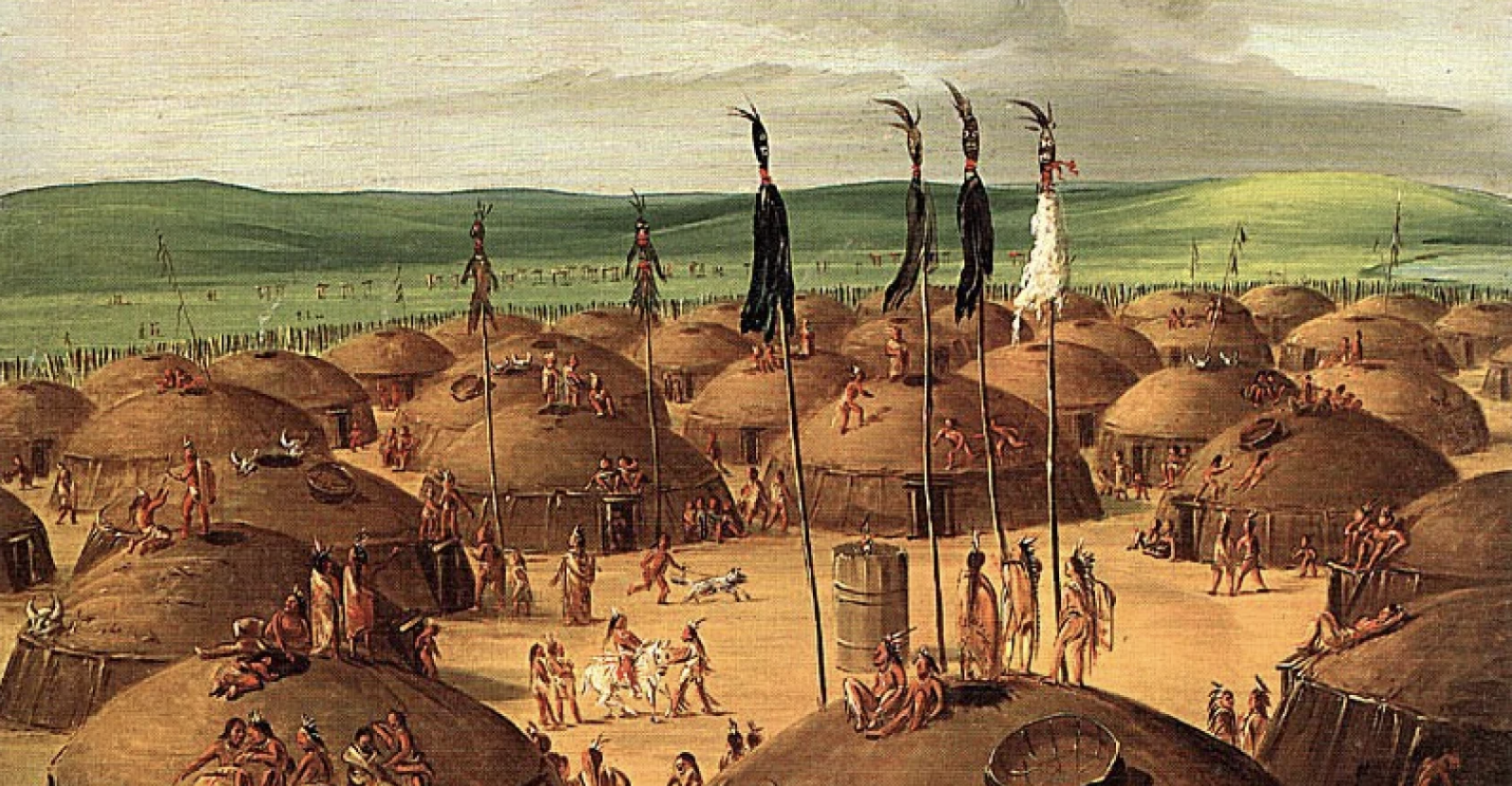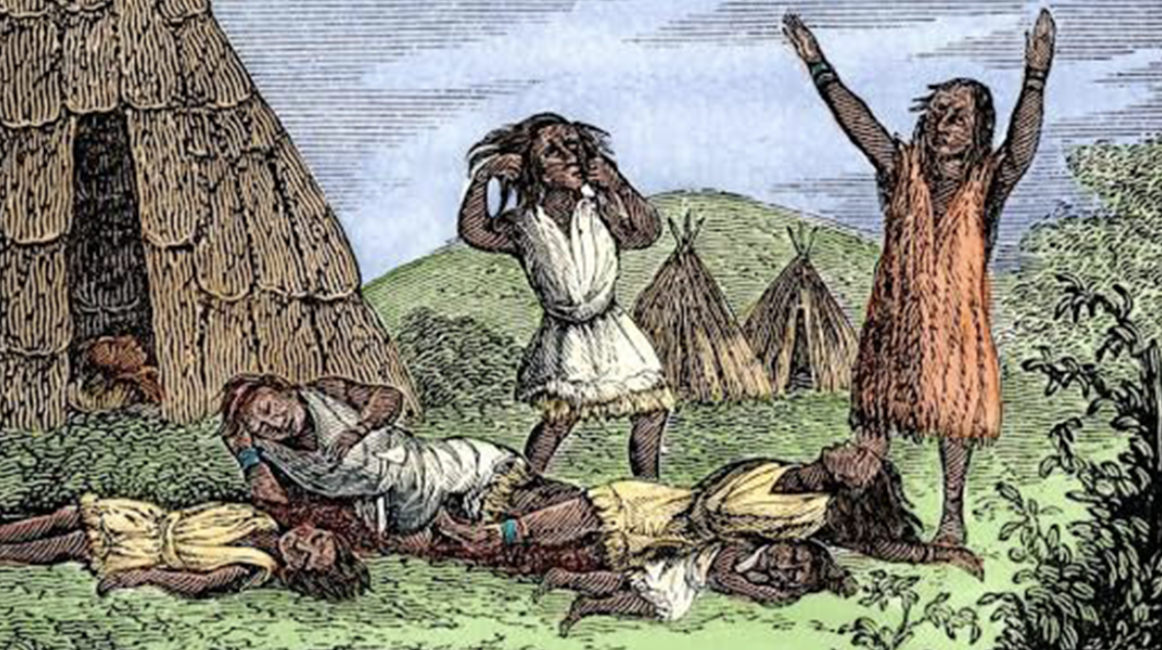m&r-project
Health History of the Mandan Community
Megan Nowak and Reece Walker
Introduction
Historical Context

In 1738 a French trader named Sieur de la Vérendrye came across an Indigenous Tribe called the Mandan. This would become the first known account of the tribe. He would go on to describe them as being in full power and prosperity, and they spoke the Siouan language. During the peak of the tribe, they lived in 6 large villages near Heart River in North Dakota. The lodges they lived in were dome-shaped and in the traditional villages there would be 12 to 100 or more of these earth lodges. Each Village had 3 chiefs: one for war, peace, and a day-to-day village leader. The Mandan raised corn, beans, pumpkins, sunflowers, and tobacco. They also hunted buffalo and were good fishers. Mandan community members would also make pottery, baskets, and painted buffalo robes that depicted the heroic deeds of the tribe and of individuals. (MHA NATION 2018)
In the 17th Century is when everything began to change for the Mandan tribes. European settlers started to bring in smallpox. Smallpox was a serious infectious disease caused by the variola virus and it was highly contagious. Most people would go on to recover from the disease, but about 3 out of every 10 people with the disease died. (cdc)
Videos
Cause and Affect
There is very little information when it comes to the devastating epidemic that resulted in the near extinction of the Mandan community in 1837, most of the information is left to myth or hearsay. From what we know, the epidemic of smallpox killed 98% of the Mandan and 33% of Hidatsa (Snow), and the Mandan’s thirteen clans were reduced to four (Peters). The spread is theorized to be exacerbated due to the tight quarters of the traditional earth lodges that housed the community; with up to 40 people living in each it would have been impossible to quarantine the sick and likely fostered the spread of the smallpox (Dollar).

As a result, the Mandan and Arikara began to consolidate their communities, with whom they intermarried (mha nation). While many children were left orphaned, members of their families' clans adopted them (bowers). Some survivors proceeded to settle near Fort Berthold in 1845 (britannica) and in 1850 there were three hundred and eighty-five Mandan, largely of mixed blood, living
Mandan In Community
As of February 1, 2024, there are currently 17,389 enrolled members of the Mandan, Hidatsa, and Arikara Nation (mhanation.com). There are only a few of the full-blooded Mandan left. The culture has changed, the language has changed, and as a nation the Mandan are practically extinct (mhanation).
Currently the Indian Health services operates an ambulatory health center acility on the fort berthold reservation. The main health center, minnie-tohe, is located at Four bears. Lake Sakakawa physically seperates all facilities from each other. Emergent health issues, access to more immediate critical health care, has again brought to the forefront the need for building a reservation based hospital. (the history and culture of the mandan, etc)
Image Sources
Image 1: Mandan Tribe. c1832. Painting of a Mandan Tribe village by George Catlin from https://en.wikipedia.org/wiki/Mandan
Image 2: Mandan Smallpox Epidemic. Drawing of the Smallpox epidemic in the Mandan Tribe from https://truewestmagazine.com/smallpox-epidemic-of-1837/.
Image 3: MHA Logo of the MHA from https://www.mhanation.com/history.